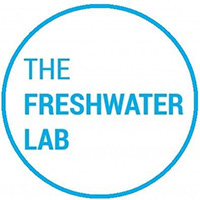As people began moving and building American cities like Chicago, they needed drinking water and sanitation services. Because industrialists drove early urbanization, they preferred that private companies provide for these needs. However, it turned out that water infrastructure is both expensive and integral to urban development. Privatized services failed to provide safe, reliable water across the country. In their place, municipal utilities arose to procure and distribute water. In the mid-twentieth century, federal funds supported the expansion and improvement of water infrastructure. Later in the century, funds were stripped from water utilities and redirected to private interests. This trend is known as water privatization.
Water privatization takes many forms. Often, privatization involves multinational corporations taking over drinking and wastewater operations, cutting costs, and accruing profit. Bottled water represents another form of privatization in which mammoth beverage companies tap local springs. As beverage giants count water as their most valuable product, communities where the water sources are located lose out on both water and revenue. Closing the loop of the municipal water cycle also involves redirecting streams of revenue back to utilities. In place of private multinational corporations profiting from local water, we propose that water departments include beverage companies (particularly when they sell the very water that runs from the tap) under their umbrella. In this way, profits can be reinvested in updating infrastructure and ensuring affordable water for residents.
Bottled water is the most obvious product that should be overseen by utilities but not the only one. Almost everything produced requires water inputs. Our current system, however, looks to meet shortfalls in public operating budgets (or to enrich private companies) by increasing household water rates. In place of this skewed approach, the rates of industrial and commercial users who make money from water should shoulder more of the burden for safe, reliable water supply. In this sense, closing the loop involves patching leaky places where too much water is provided for too little of a return. Although the Infrastructure Investment and Jobs Act provides much needed funding for water infrastructure, it remains insufficient for all the needed upgrades and innovations. Instead of subsidizing harmful industries that further enrich a tight nucleus of CEOs, local waters can help maintain systems that widely benefit human and non-human residents.


